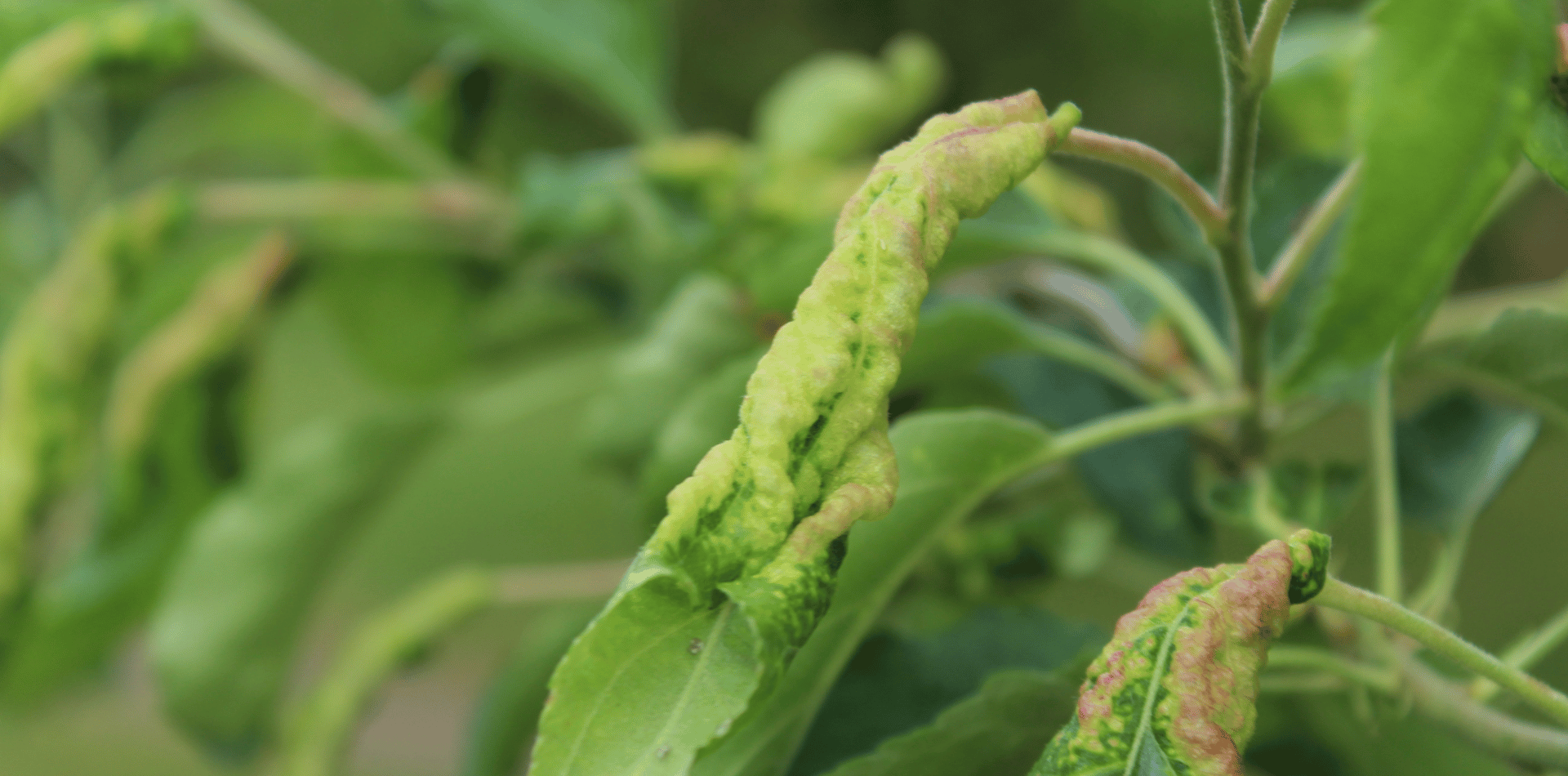The Importance of Great Arborist Advice and Proper Equipment
Professional Arborist: The Importance of Great Advice and Proper Equipment
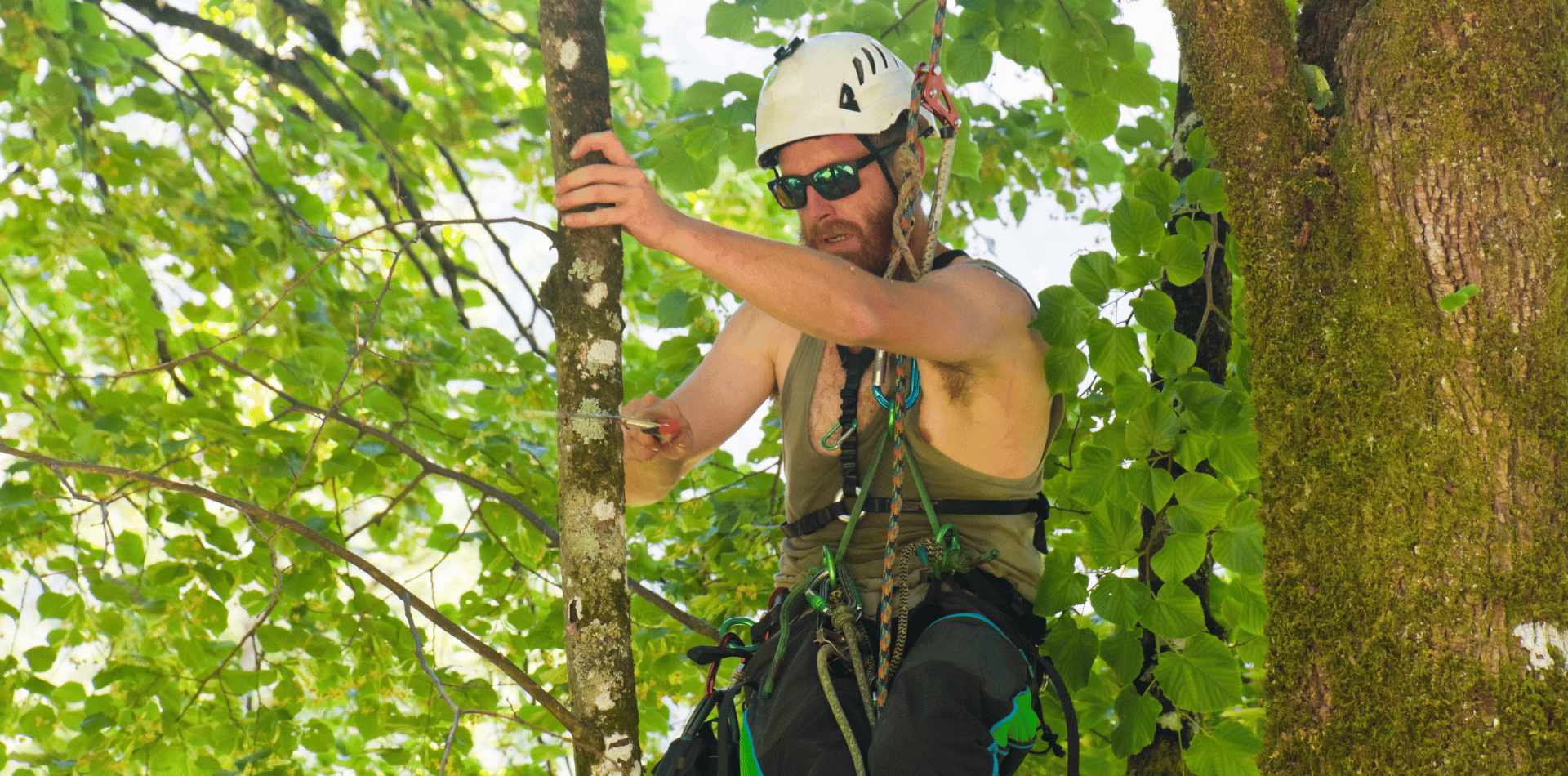
The guidance of a qualified arborist is invaluable when it comes to managing trees, whether for maintenance, health assessment, or removal.
Trees are complex living organisms that contribute significantly to their environments, providing ecological benefits, aesthetic value, and even property value enhancement.
However, managing trees, particularly when it comes to removal, requires a nuanced understanding of tree biology, safety considerations, and local regulations.
Here’s why correct advice from an arborist is so crucial:
Comprehensive Understanding of Tree Biology
Arborists are trained in the science of tree care, which includes an in-depth understanding of tree biology, physiology, and pathology.
This expertise allows them to:
- Diagnose Health Issues: Arborists can identify diseases, infestations, and structural problems that may not be obvious to the untrained eye. Early diagnosis can save a tree from removal or prevent the spread of disease to nearby trees.
- Recommend Proper Care: Based on their assessment, arborists can advise on the best care practices to maintain or improve a tree's health, including pruning, soil management, watering, and treatments for diseases or pests.
Safety Considerations
Tree work, especially removal, poses significant safety risks not only to the person performing the work but also to nearby people and property.
Qualified arborists:
- Assess Risks: Can evaluate the risk a tree poses due to its condition or location and recommend removal or other measures to mitigate risk.
- Ensure Safe Removal: Are trained in the safest methods for tree removal, minimising the risk of injury or damage.
Legal and Environmental Compliance
Local regulations often protect certain trees, and removing them without permission can lead to fines or legal action.
Arborists can navigate these complexities by:
- Identifying Regulations: Informing property owners of any local ordinances or permits required for tree removal, ensuring legal compliance.
- Environmental Stewardship: Advising on the environmental impact of removal and suggesting alternatives when possible, such as treatment or selective pruning, to preserve the tree and its ecological benefits.
Long-Term Planning and Management
A qualified arborist can contribute to the long-term health and sustainability of your property’s landscape by:
- Developing Management Plans: Creating comprehensive tree care plans that consider the health of individual trees and the overall landscape.
- Recommending Suitable Replacements: If a tree must be removed, arborists can suggest appropriate species for replanting that will thrive in the specific conditions of your property, supporting local biodiversity and maintaining property aesthetics.
Enhancing Property Value
Well-maintained trees can significantly increase property value, while poorly managed trees can become liabilities. Arborists:
- Maintain Aesthetic Appeal: Provide advice on maintaining the beauty and health of trees, which contributes positively to curb appeal and property value.
- Prevent Property Damage: Help avoid potential damages from falling limbs or trees, which can be costly and reduce property value.
The role of a qualified arborist in managing trees is indispensable.
Their expert advice ensures the health and safety of trees, compliance with legal regulations, and the preservation of property value.
Before undertaking any project involving trees, consulting with an arborist can provide the necessary guidance to make informed decisions, ensuring that actions taken are beneficial for both the trees and the property owners.
Modern, Well-Maintained Equipment is Essential.
Importance of Modern, Well-Maintained Equipment
- Safety: First and foremost, the correct equipment enhances the safety of arborists and anyone near the work site. Modern tools and machinery are designed with safety features that minimise the risk of accidents. Regular maintenance ensures that these features function correctly and that the equipment is reliable.
- Efficiency: The right tools can significantly speed up the tree removal process, making it more efficient. For example, a powerful chainsaw can cut through a thick trunk much faster than an older, less powerful model, saving time and reducing labour costs.
- Precision: Modern equipment allows for more precise cuts and movements, which is essential when removing trees in tight spaces or near structures. Precision helps prevent property damage and ensures the tree is removed safely and cleanly.
- Environmental Impact: Using the correct equipment can also reduce the environmental impact of tree removal. For instance, stump grinders that turn stumps into mulch on-site eliminate the need to transport large pieces of wood, reducing transportation emissions.

Key Equipment Used in Tree Removal
- Chainsaws: The primary tool for cutting down trees. Modern chainsaws are powerful, lightweight, and equipped with safety features like chain brakes and anti-vibration systems.
- Cranes: For large or hazardous trees, especially those in difficult-to-reach areas, cranes can safely lower large sections of the tree to the ground, minimising the risk to surrounding property.
- Wood Chippers: These machines break down branches and trunks into wood chips, which can be used as mulch or easily transported away from the site, aiding in cleanup and reducing waste.
- Stump Grinders: After a tree is removed, stump grinders are used to grind the remaining stump below ground level, leaving the area ready for replanting or landscaping.
- Safety Gear: Proper safety equipment, including helmets, eye protection, gloves, and harnesses, is essential for protecting workers from injury.
Expertise in Equipment Use
Having the right equipment is only part of the equation; knowing how to use it effectively and safely is equally important. Arborists and tree removal professionals undergo extensive training to operate this machinery. This training covers not only the mechanics of the equipment but also safety protocols, emergency response, and techniques for minimizing impact on the surrounding area.
Conclusion
The combination of modern, well-maintained equipment and skilled operation is crucial for safe and effective tree removal.
It ensures that even the most challenging removals can be completed efficiently, with minimal risk to people, property, and the environment.
When selecting a tree removal service, it's important to choose a provider that not only has access to the right tools but also has the expertise to use them correctly. This approach guarantees that tree removal projects are conducted professionally, safely, and responsibly.
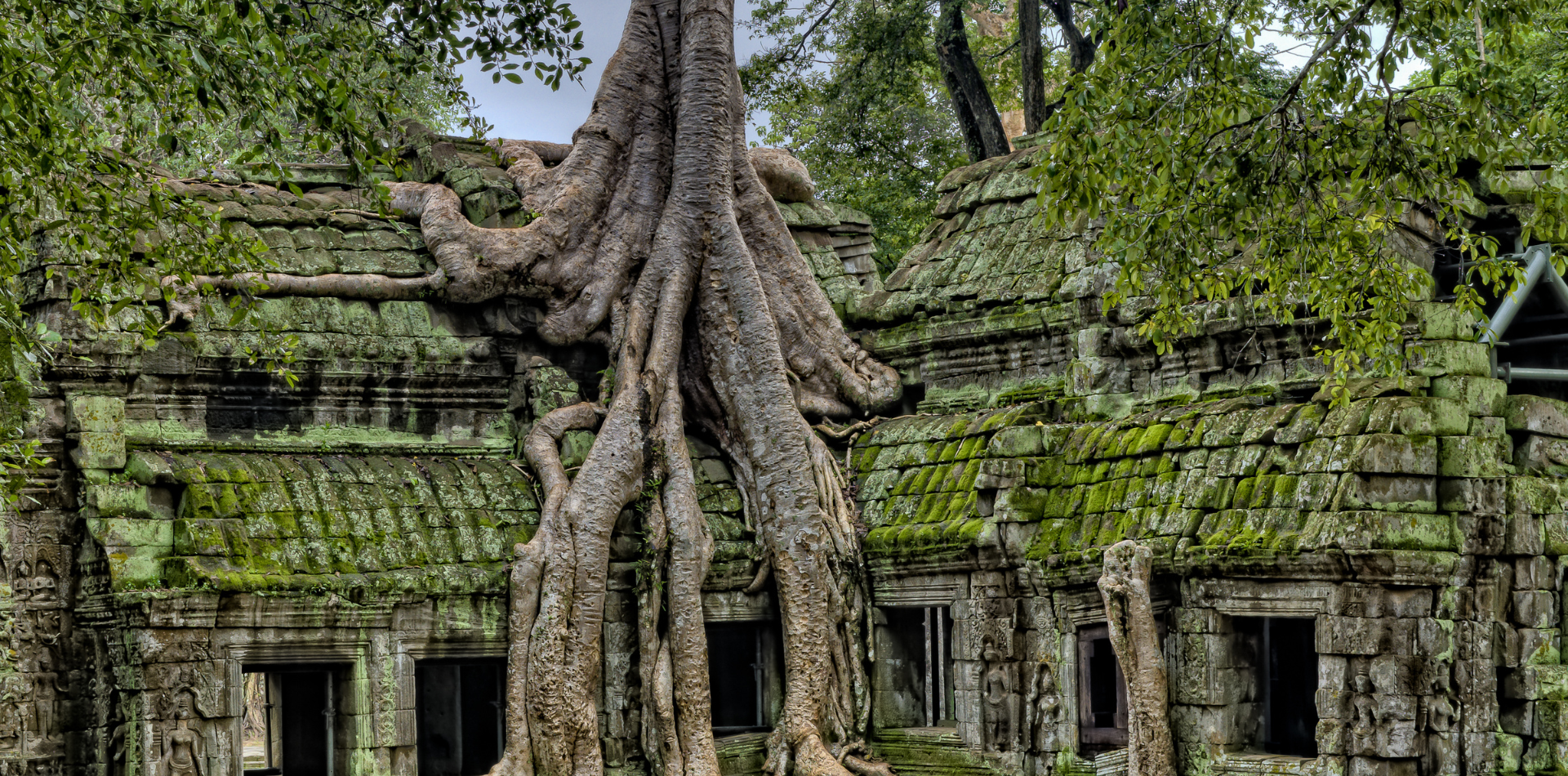
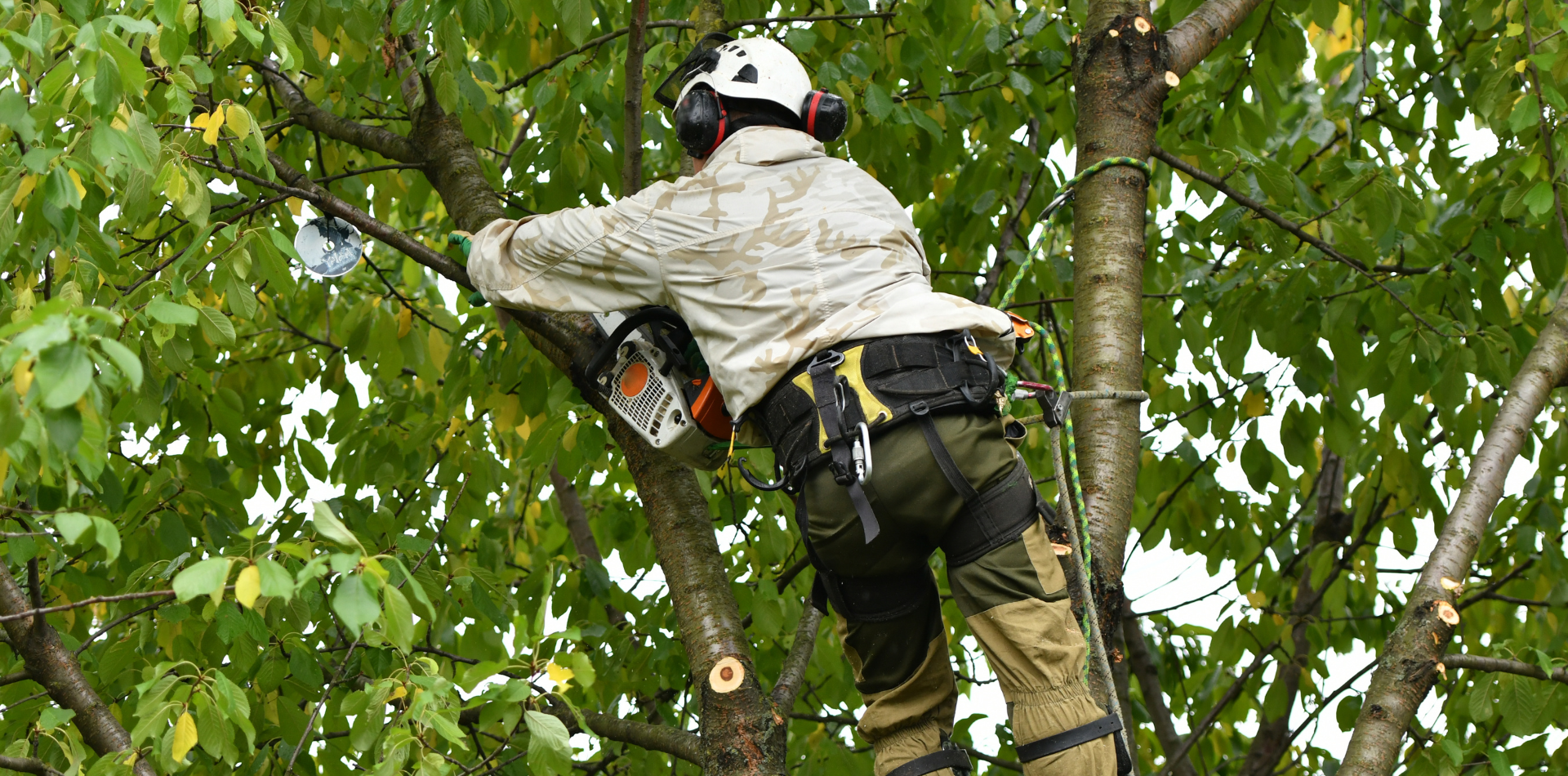
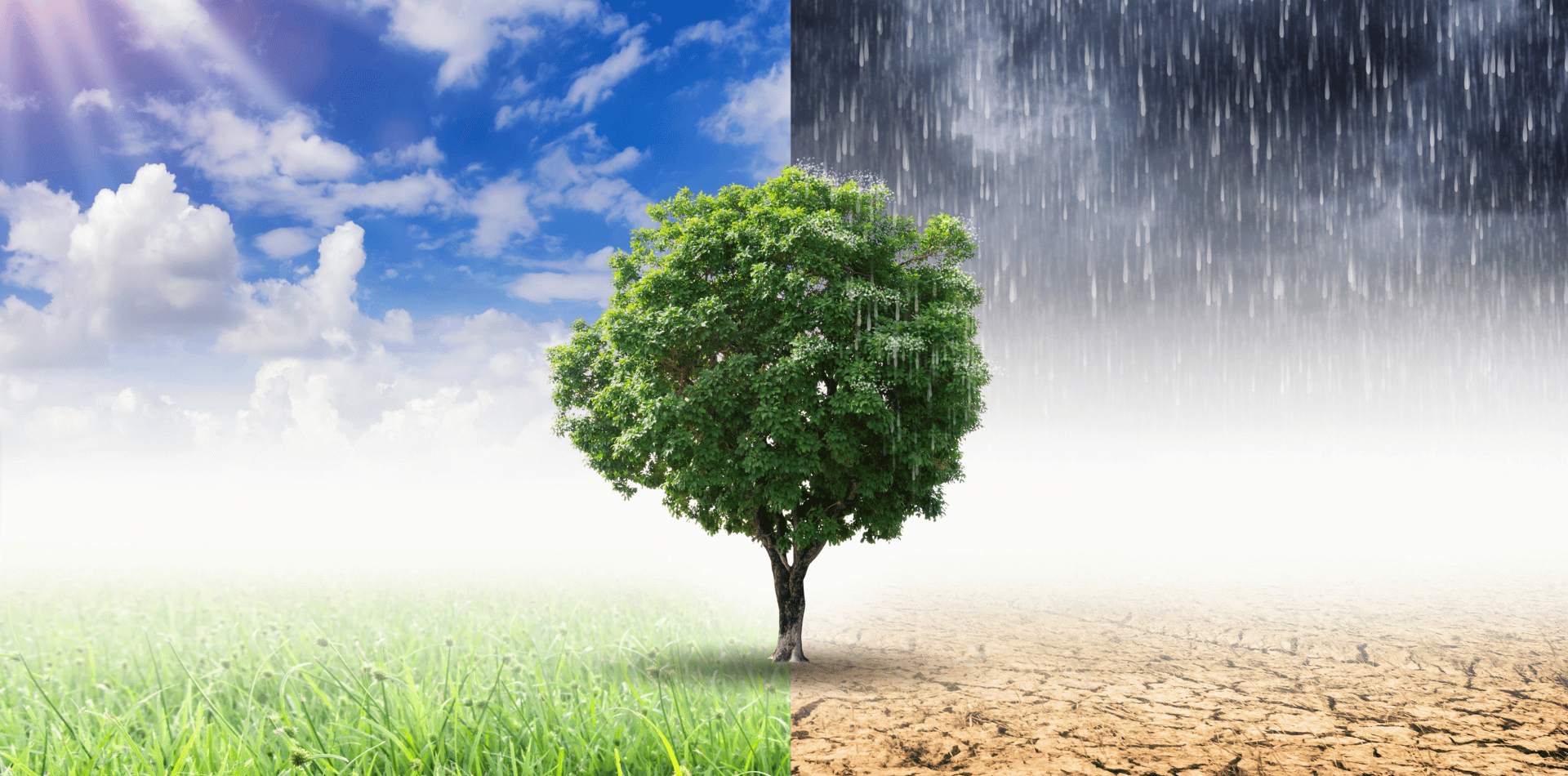
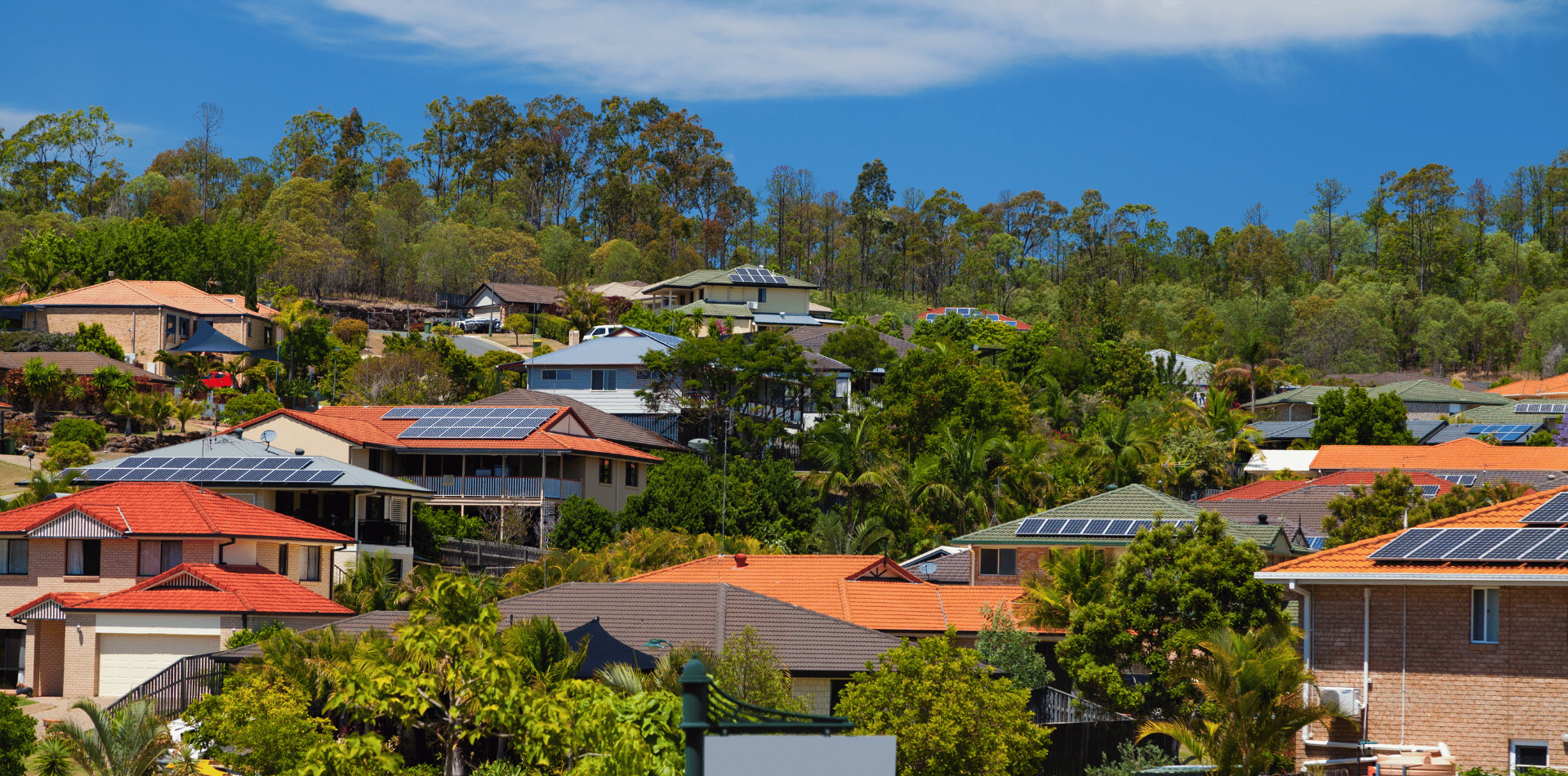
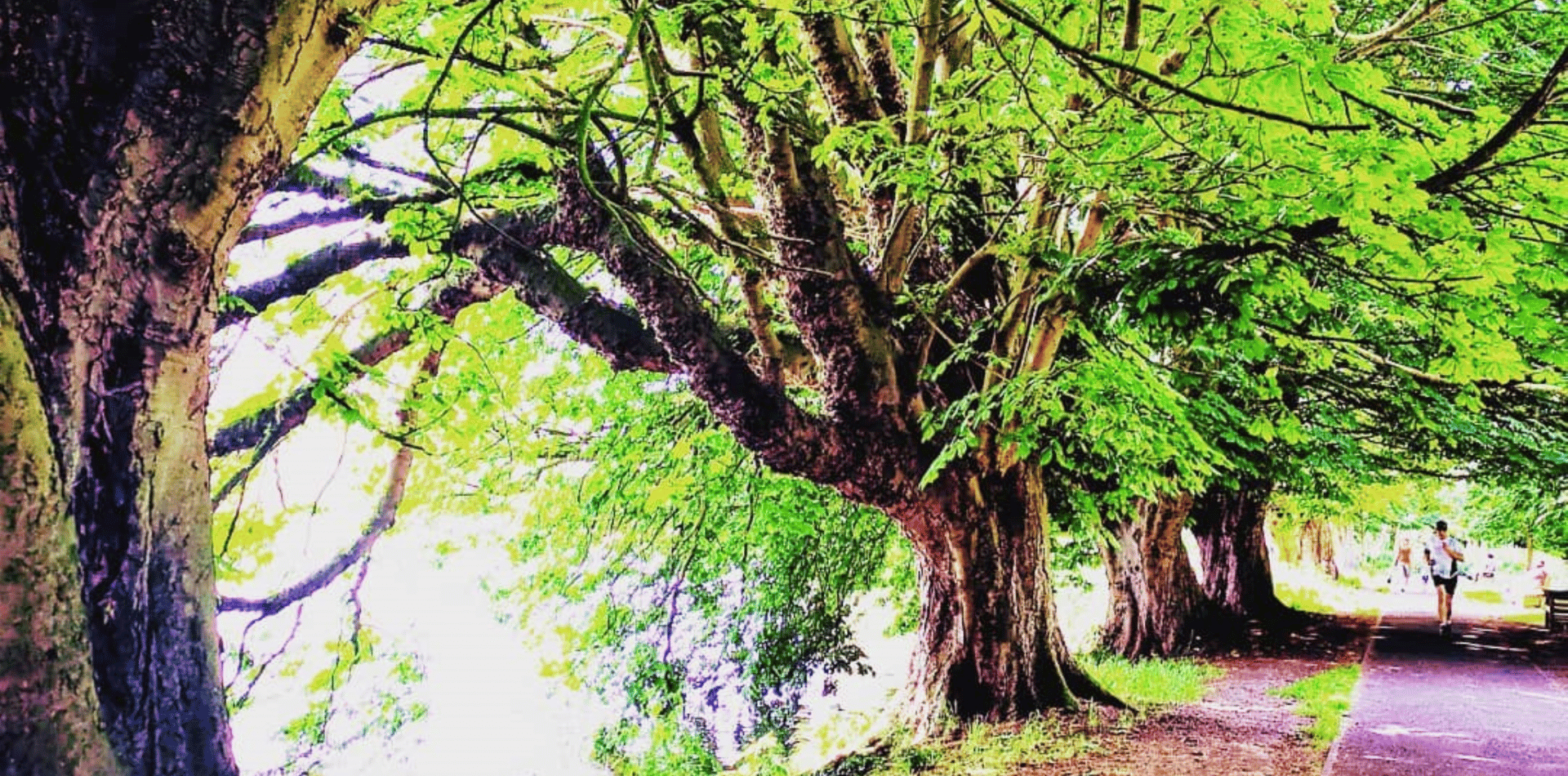
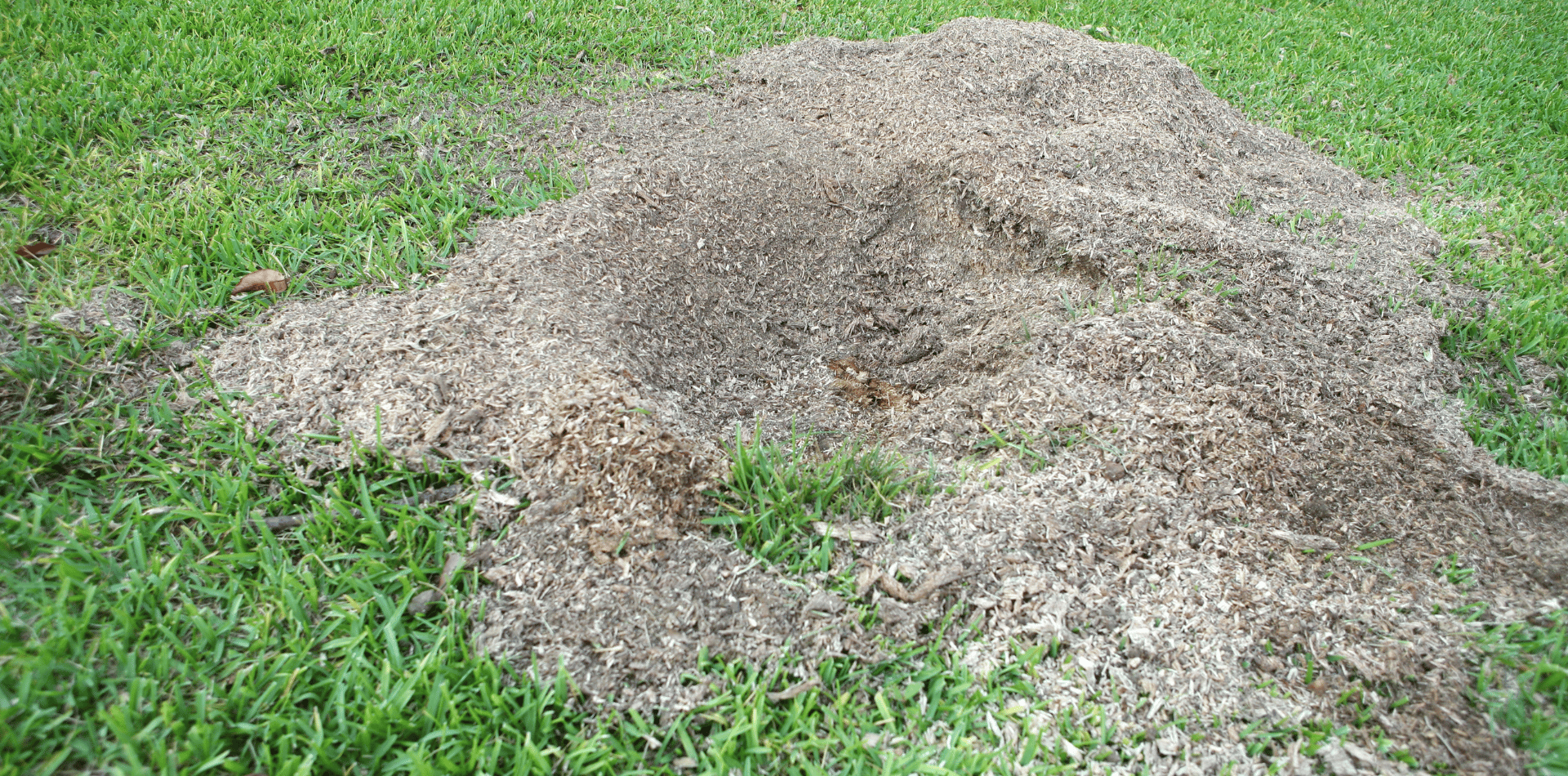
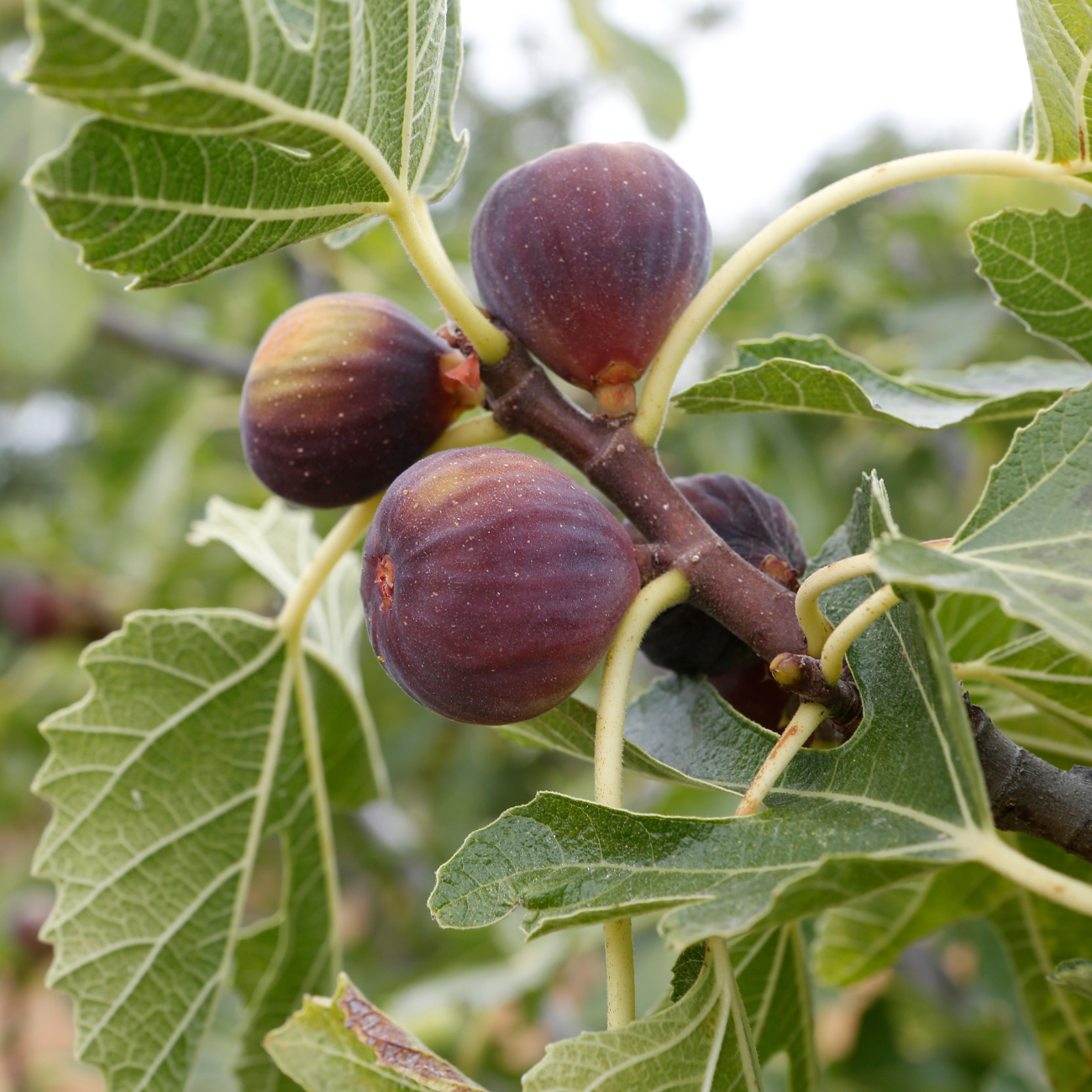

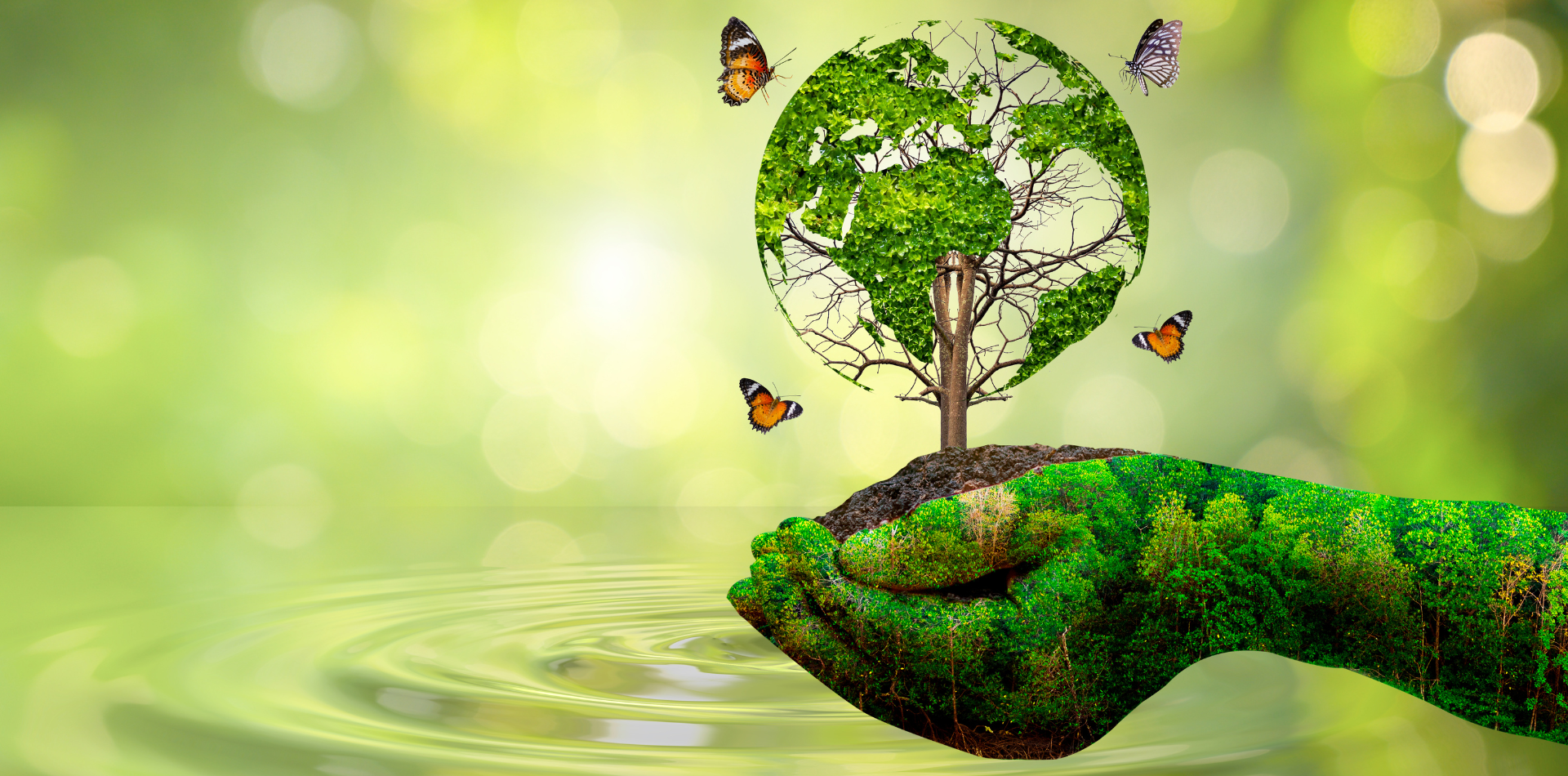
Contact
Kaptol Tree Removal Newcastle
A Member of the Kaptol Group
Powered by Kaptol Media

